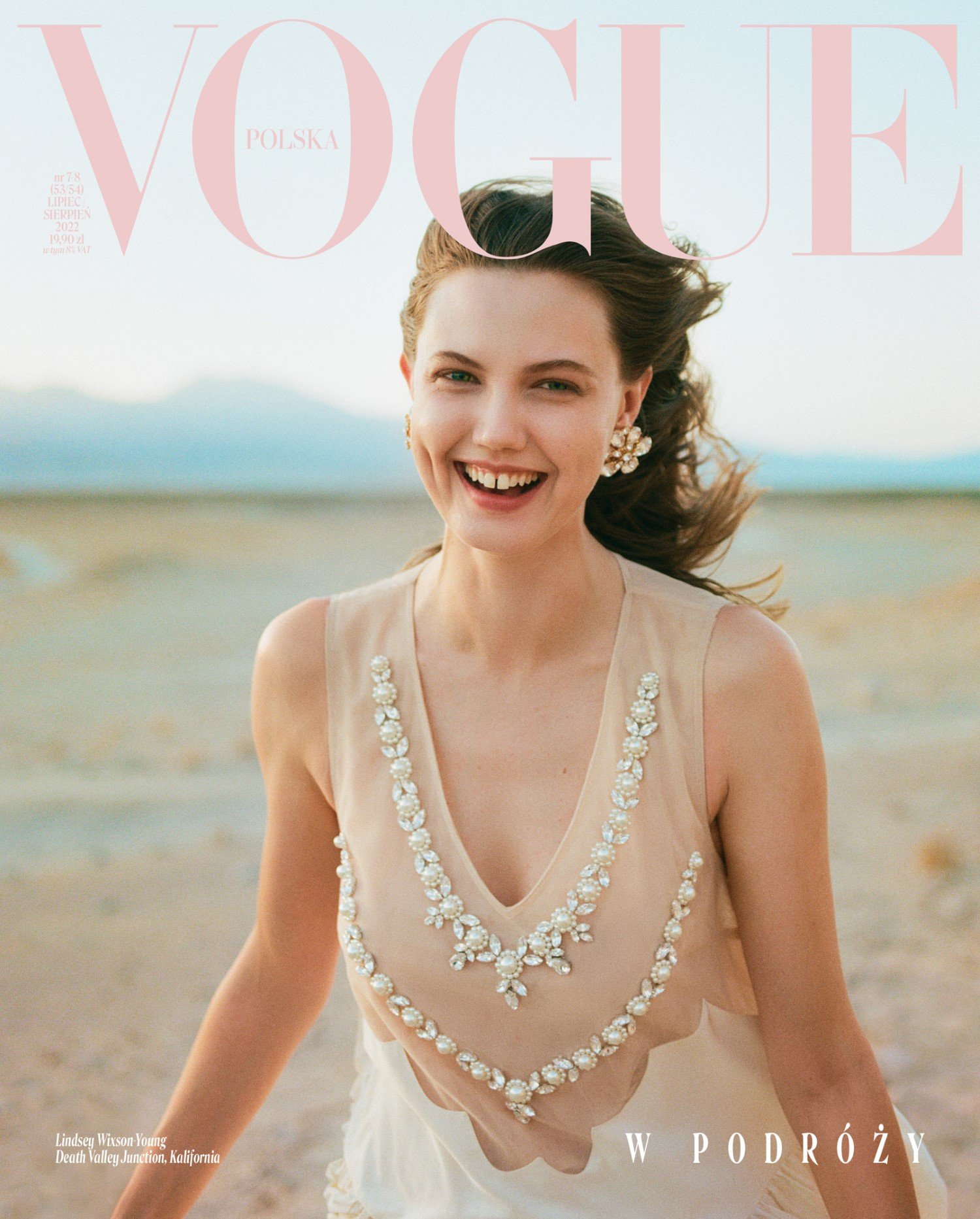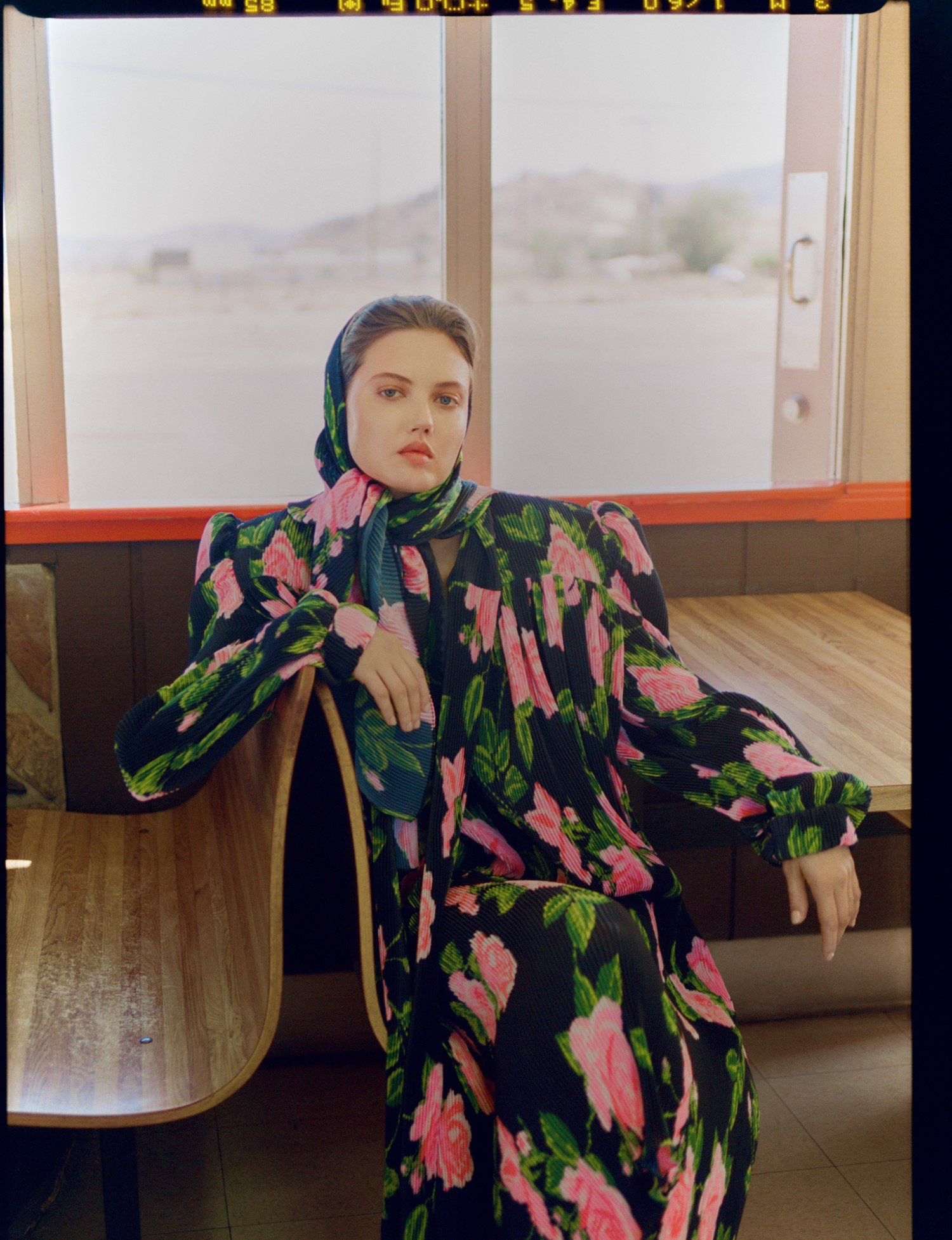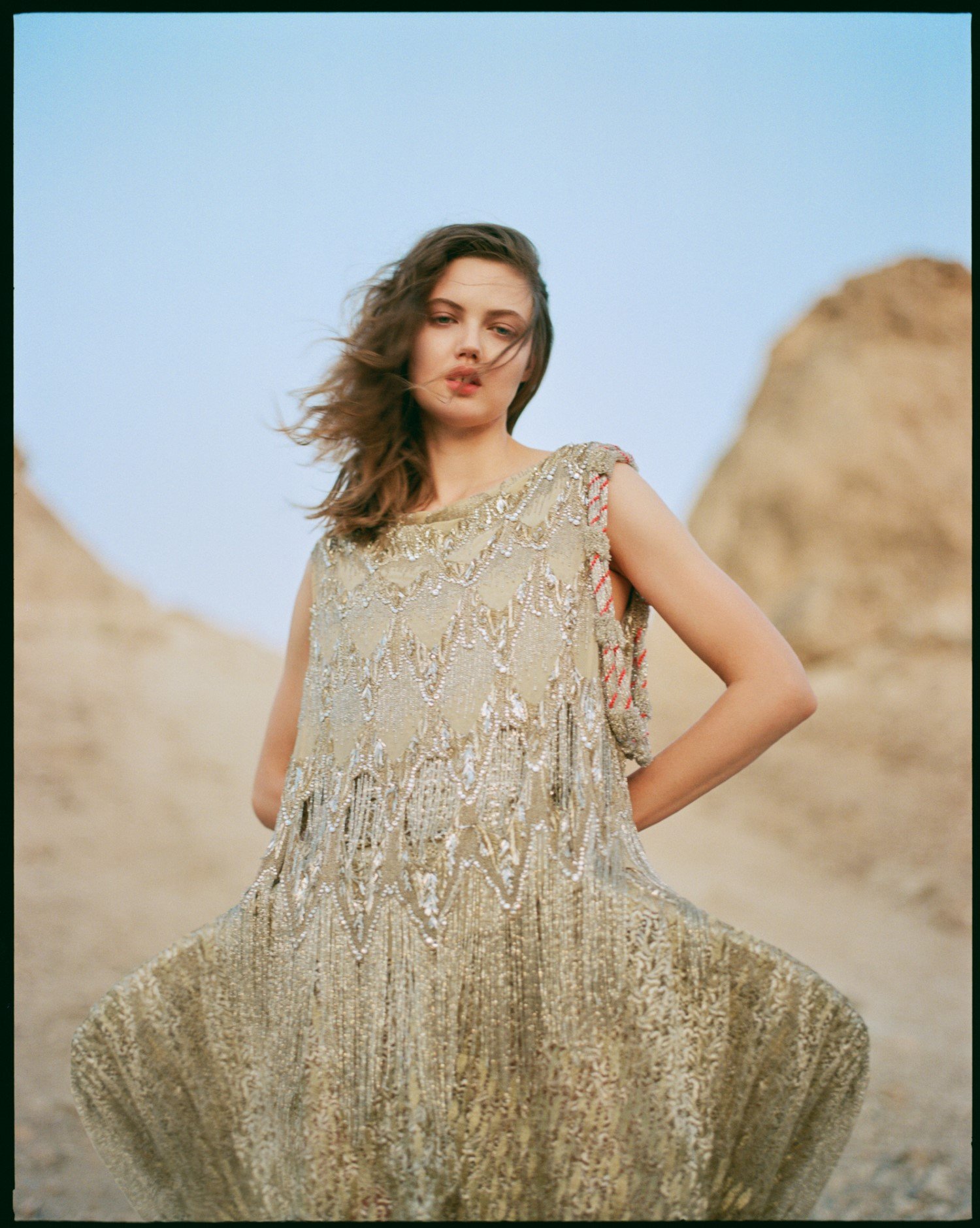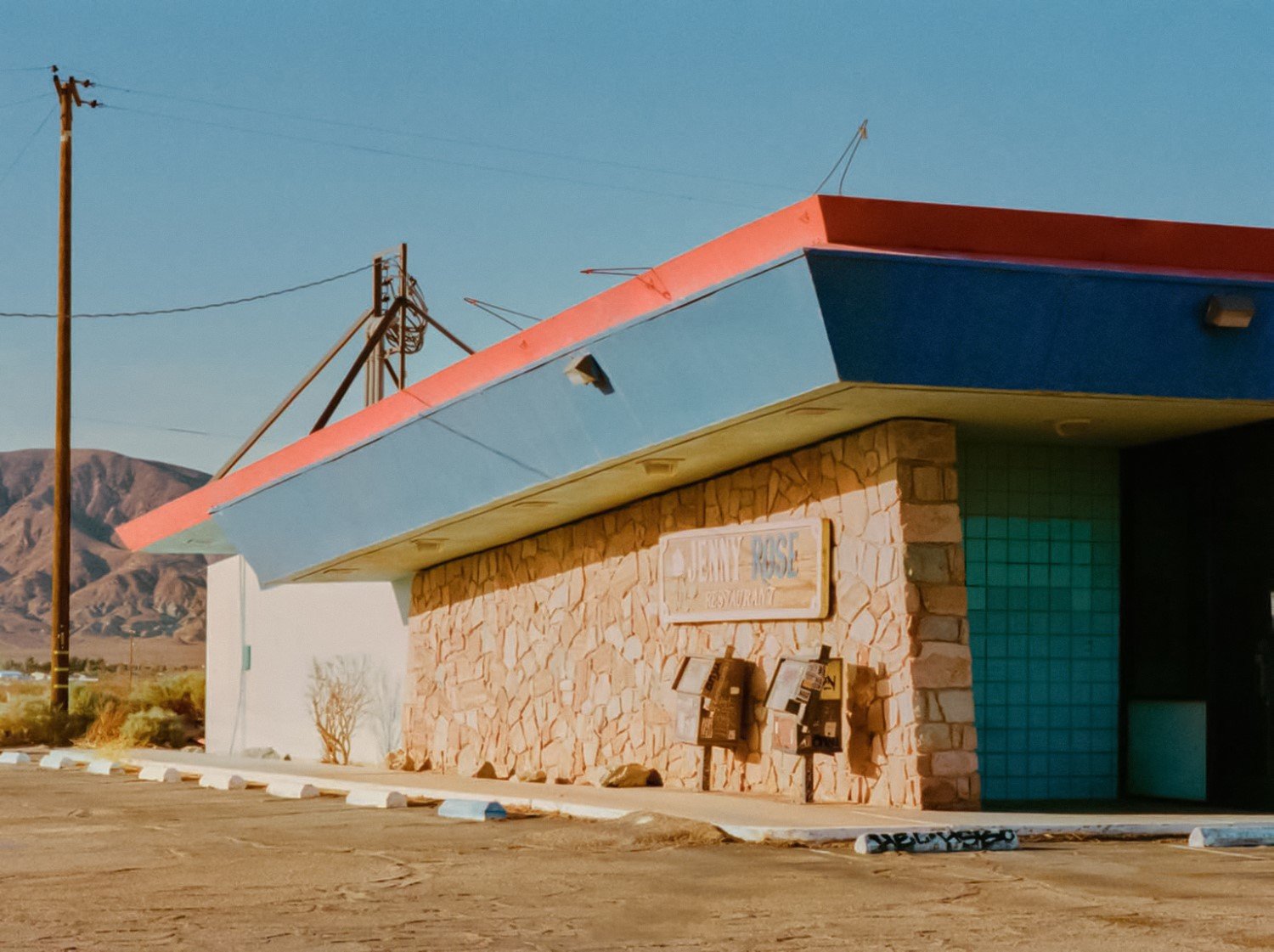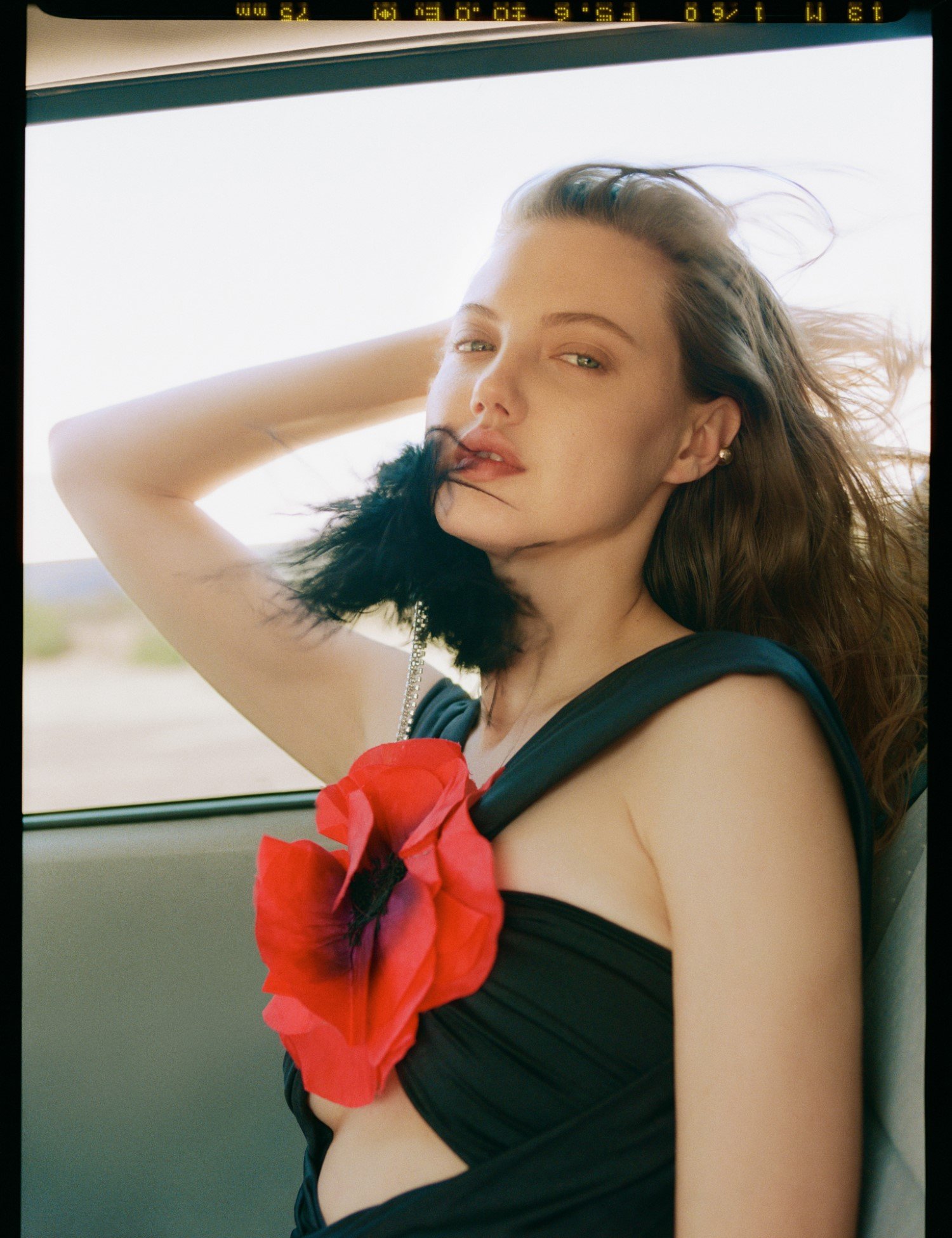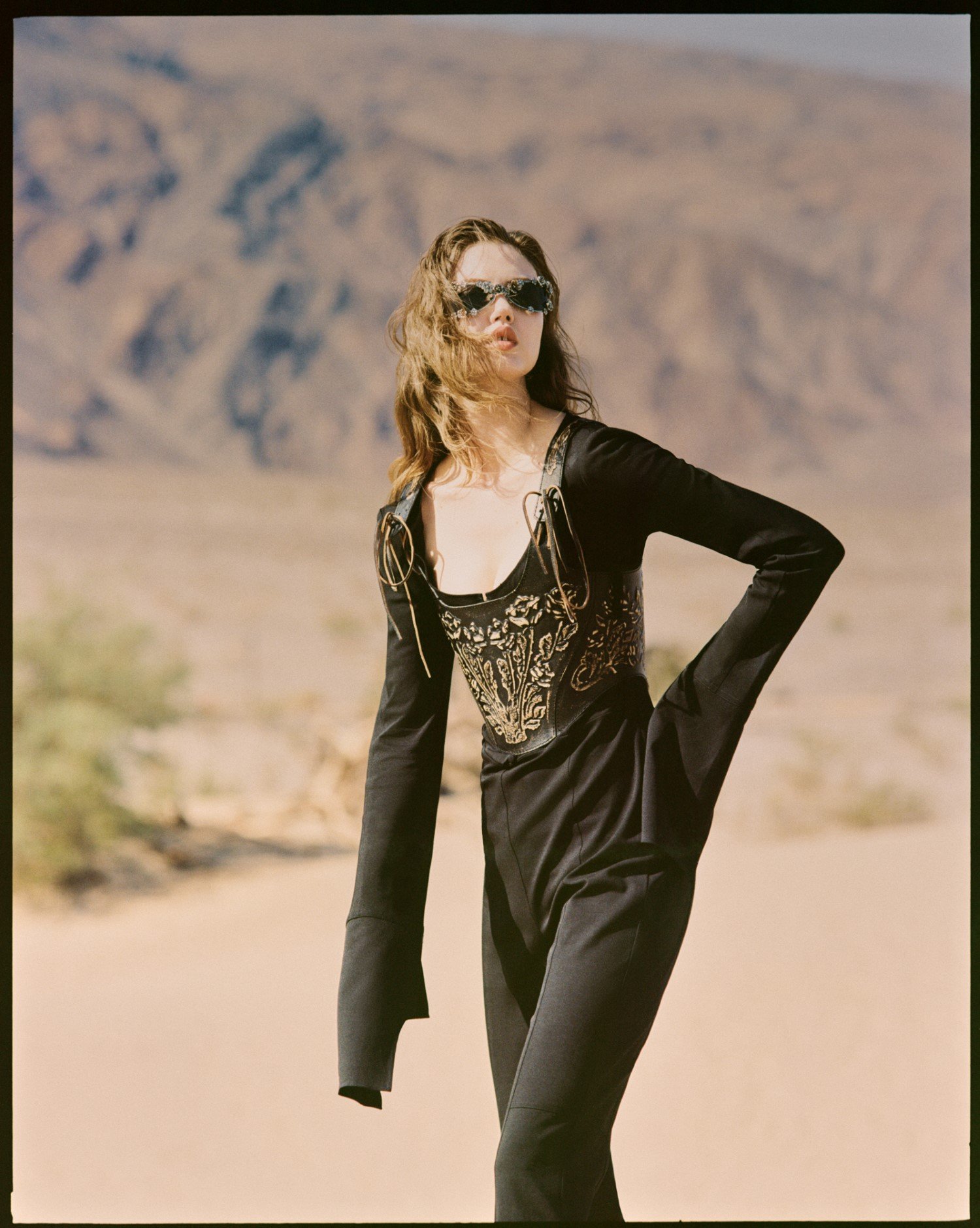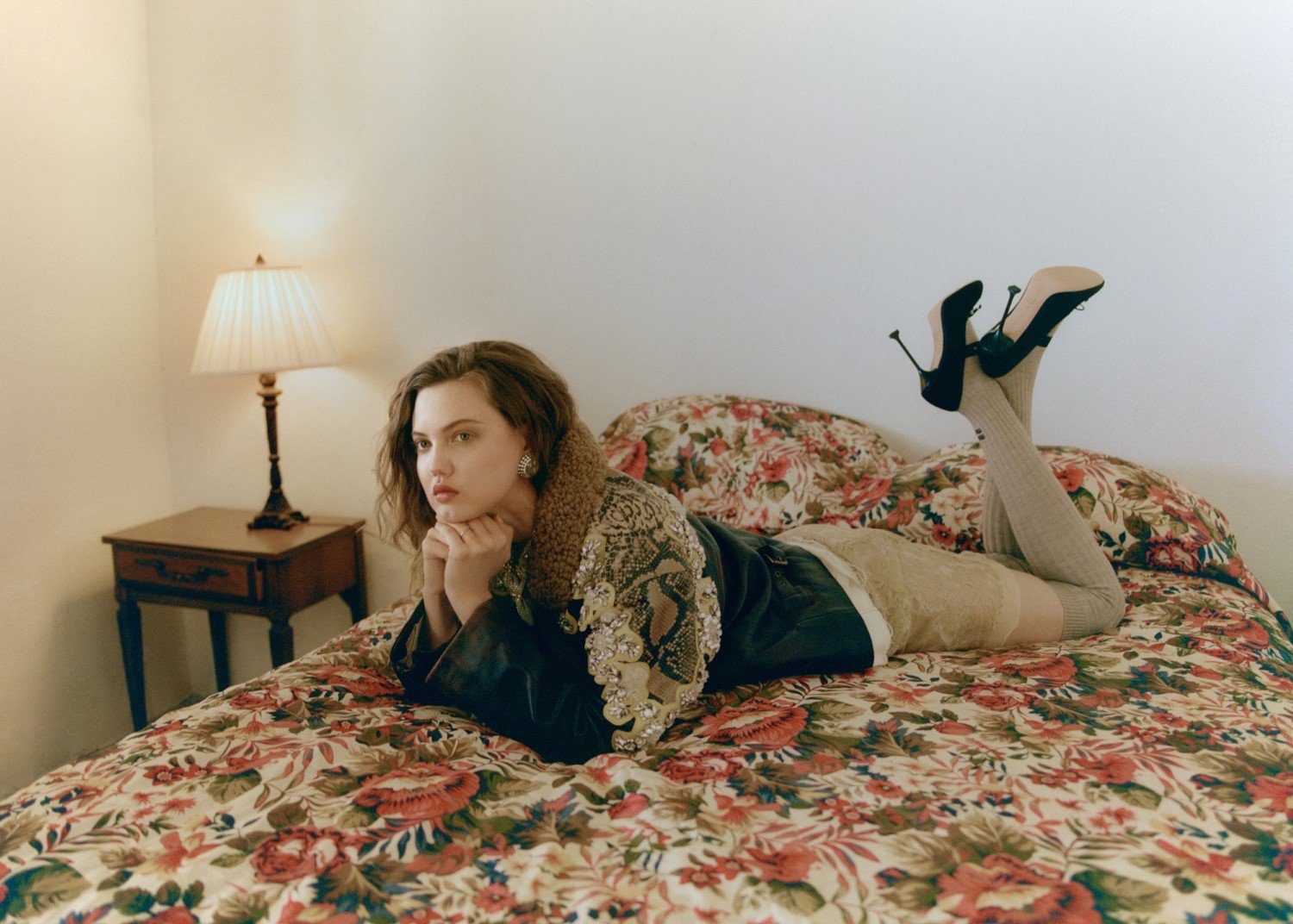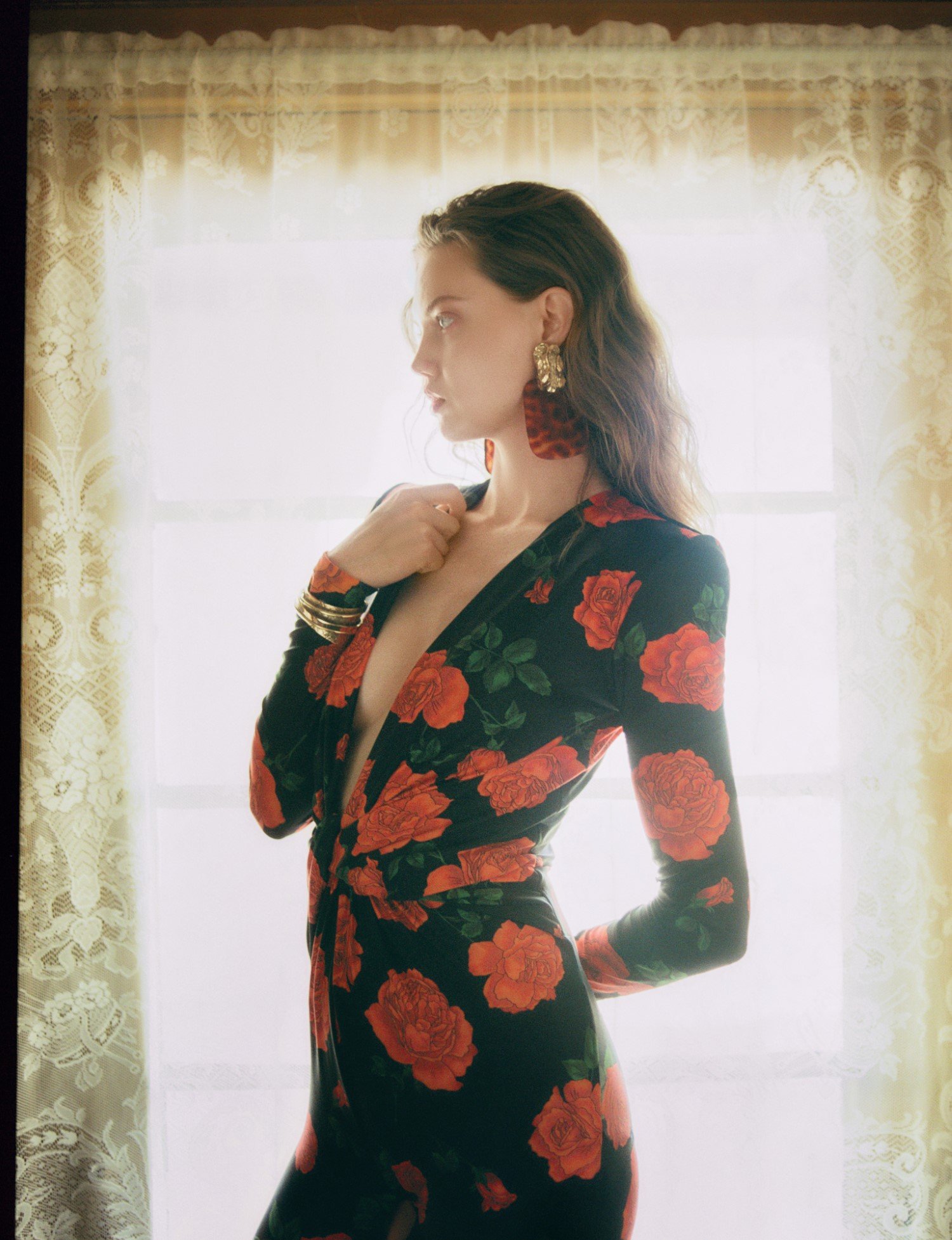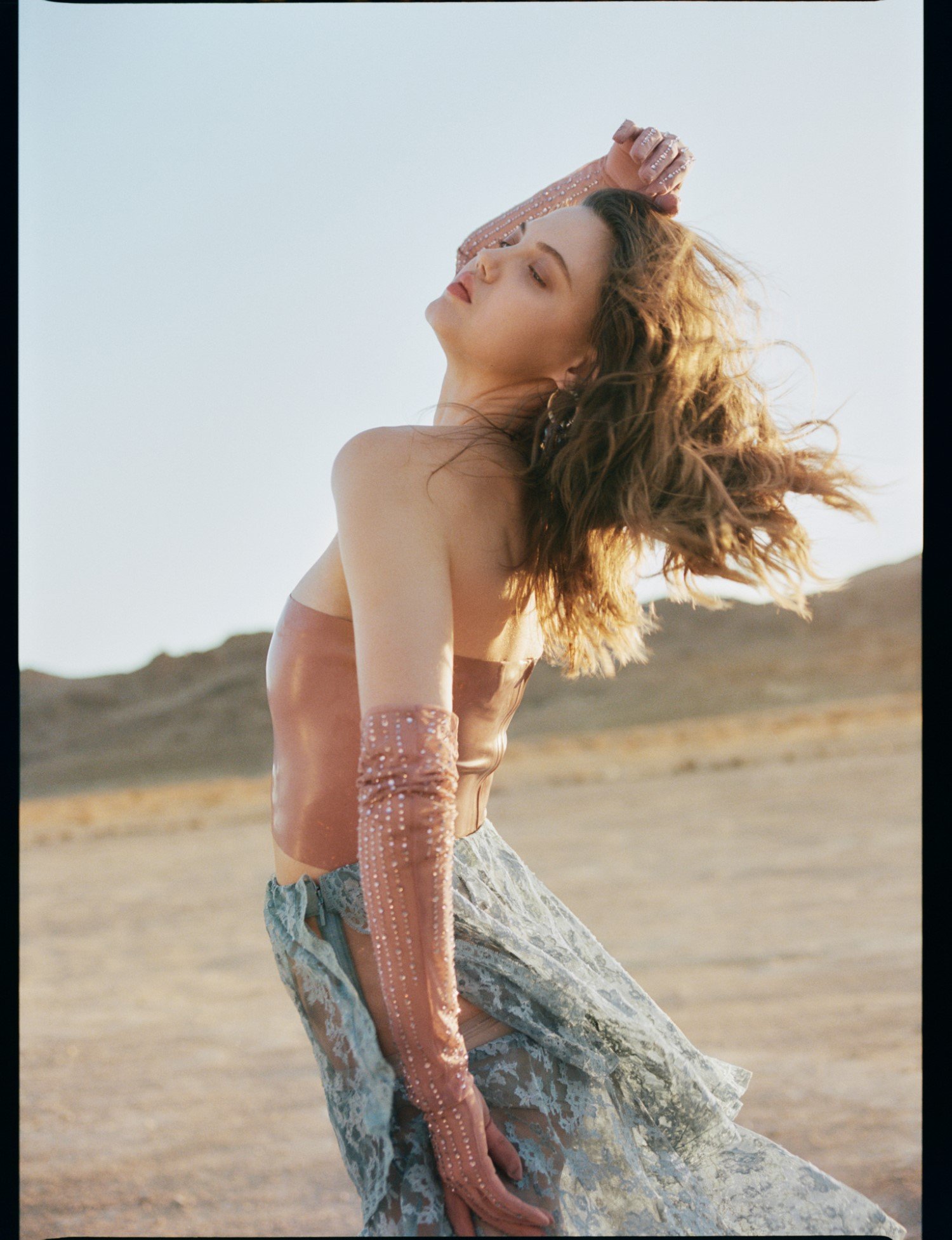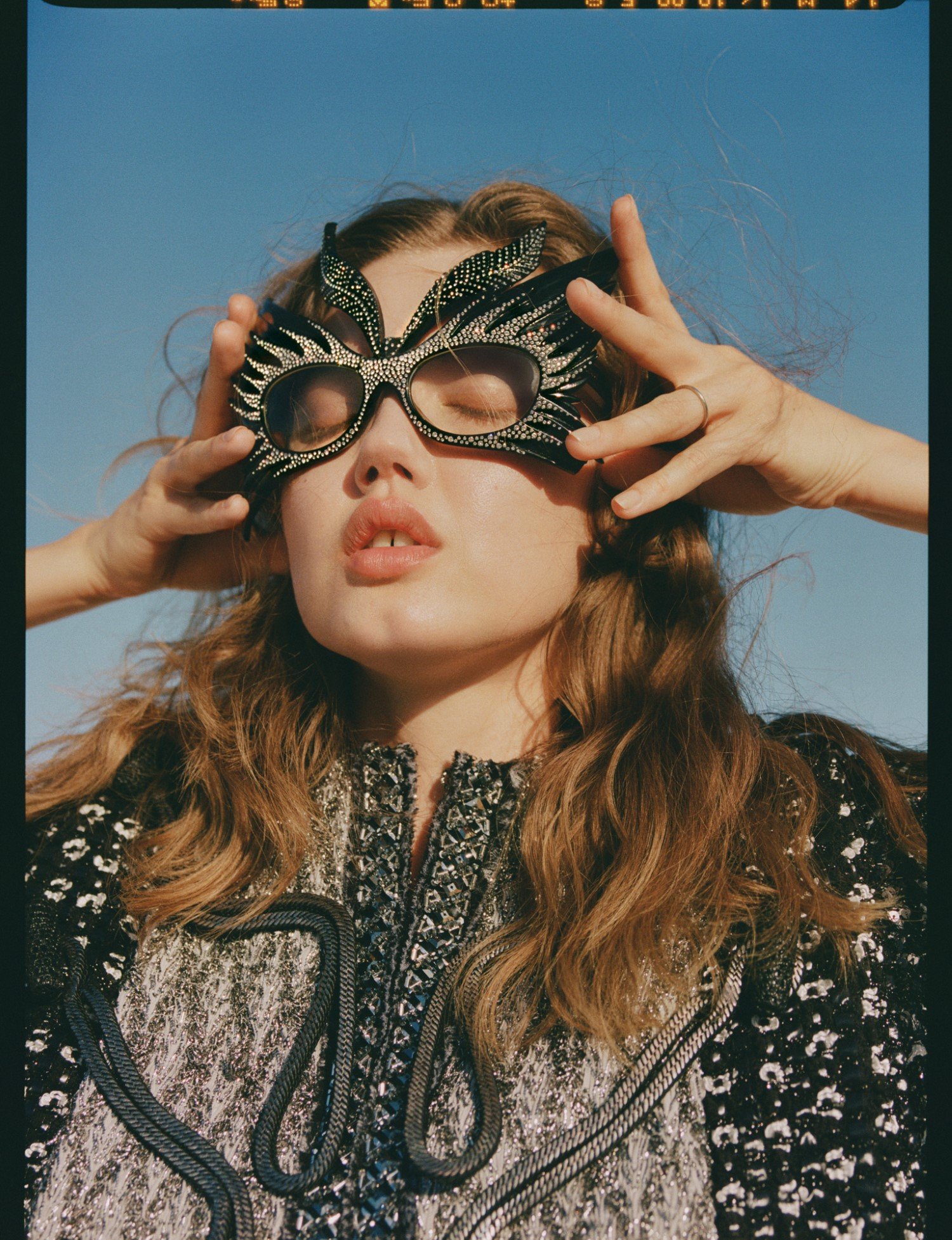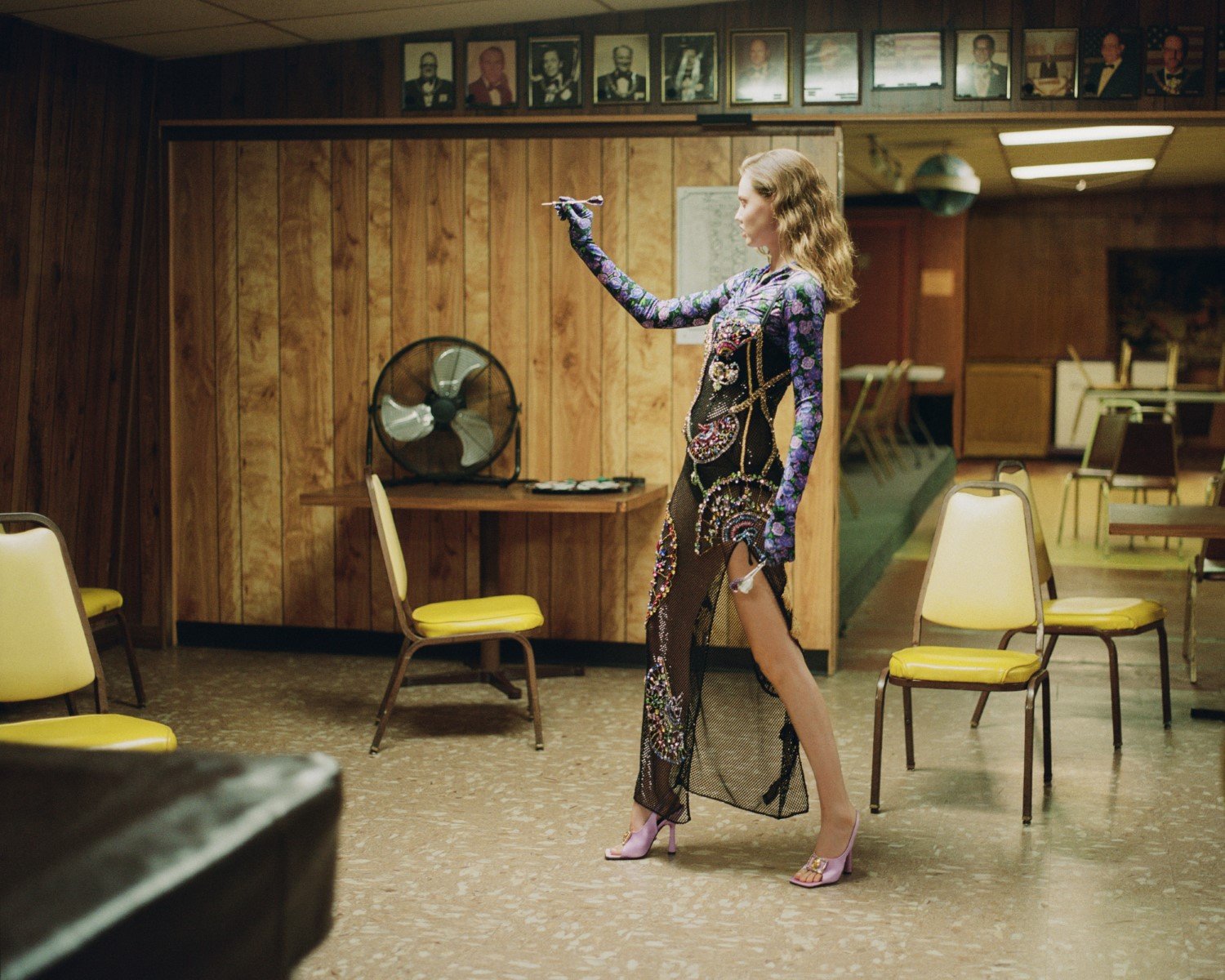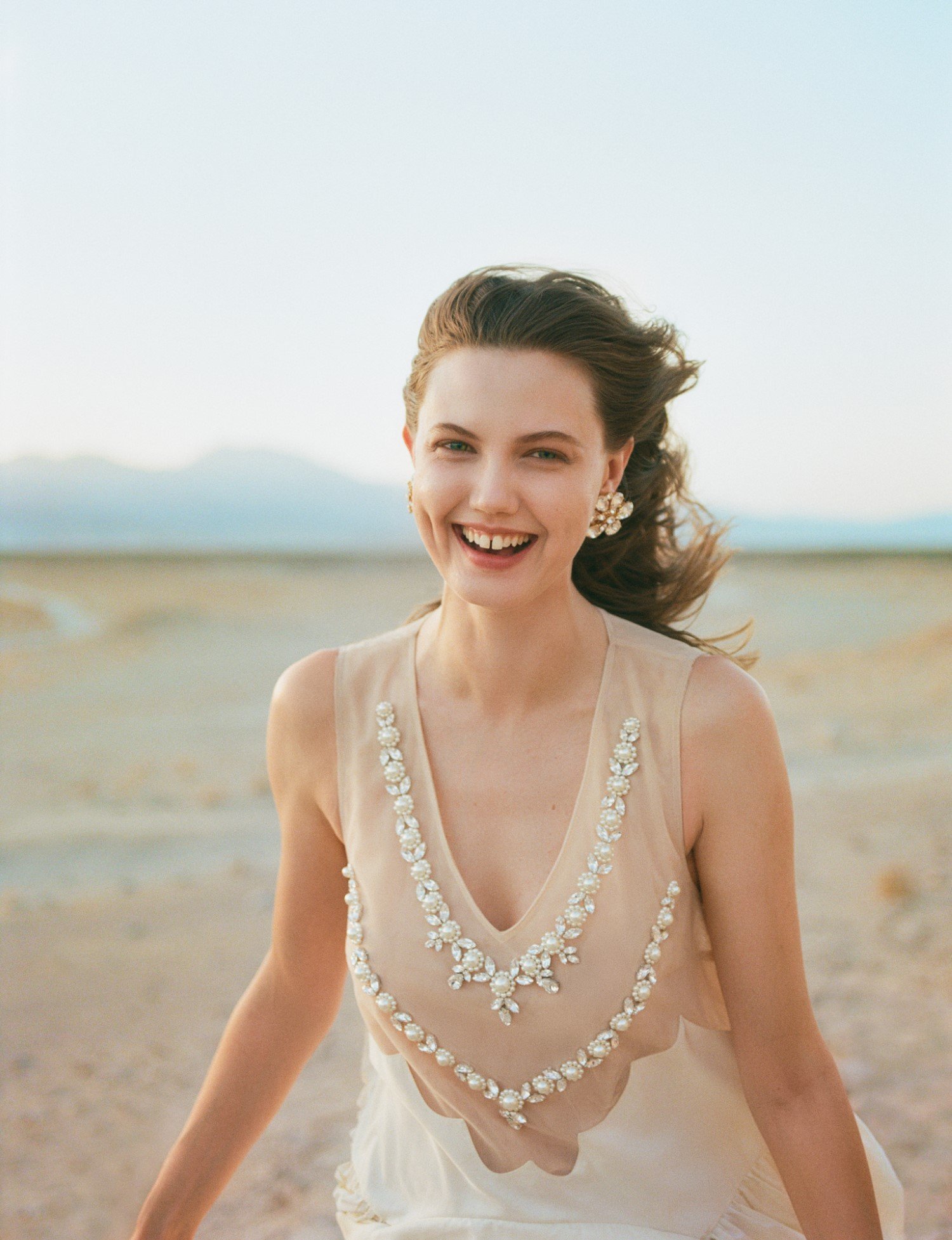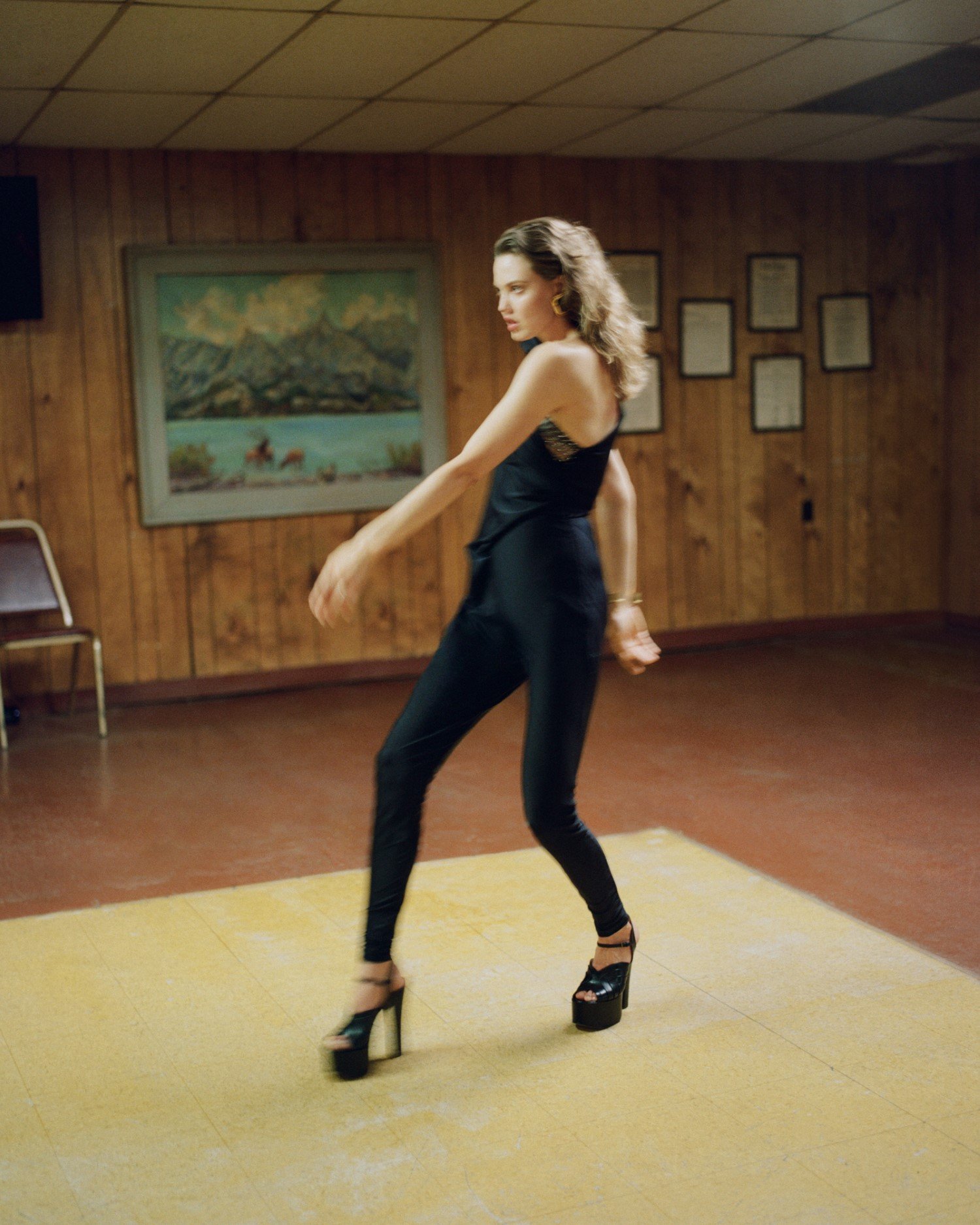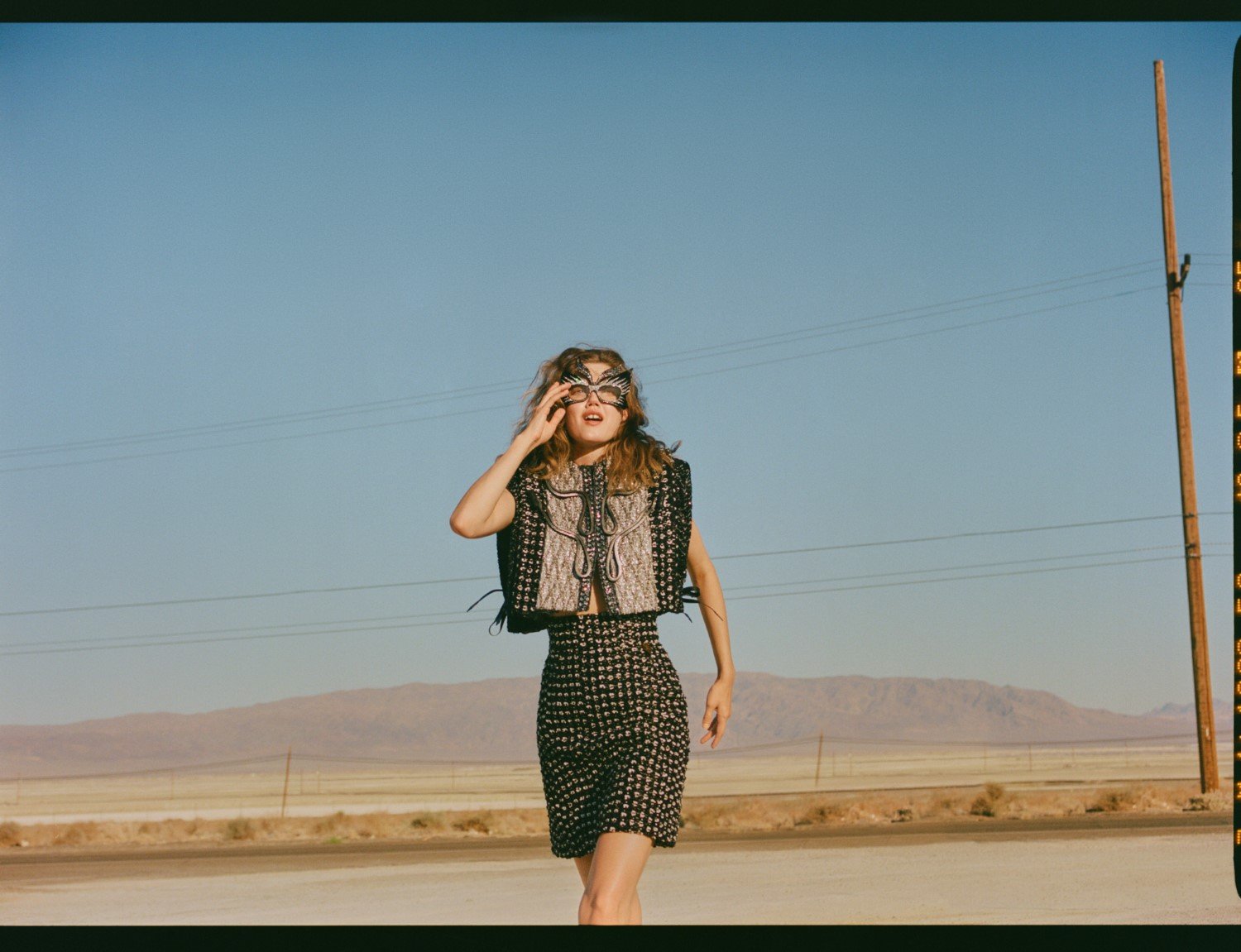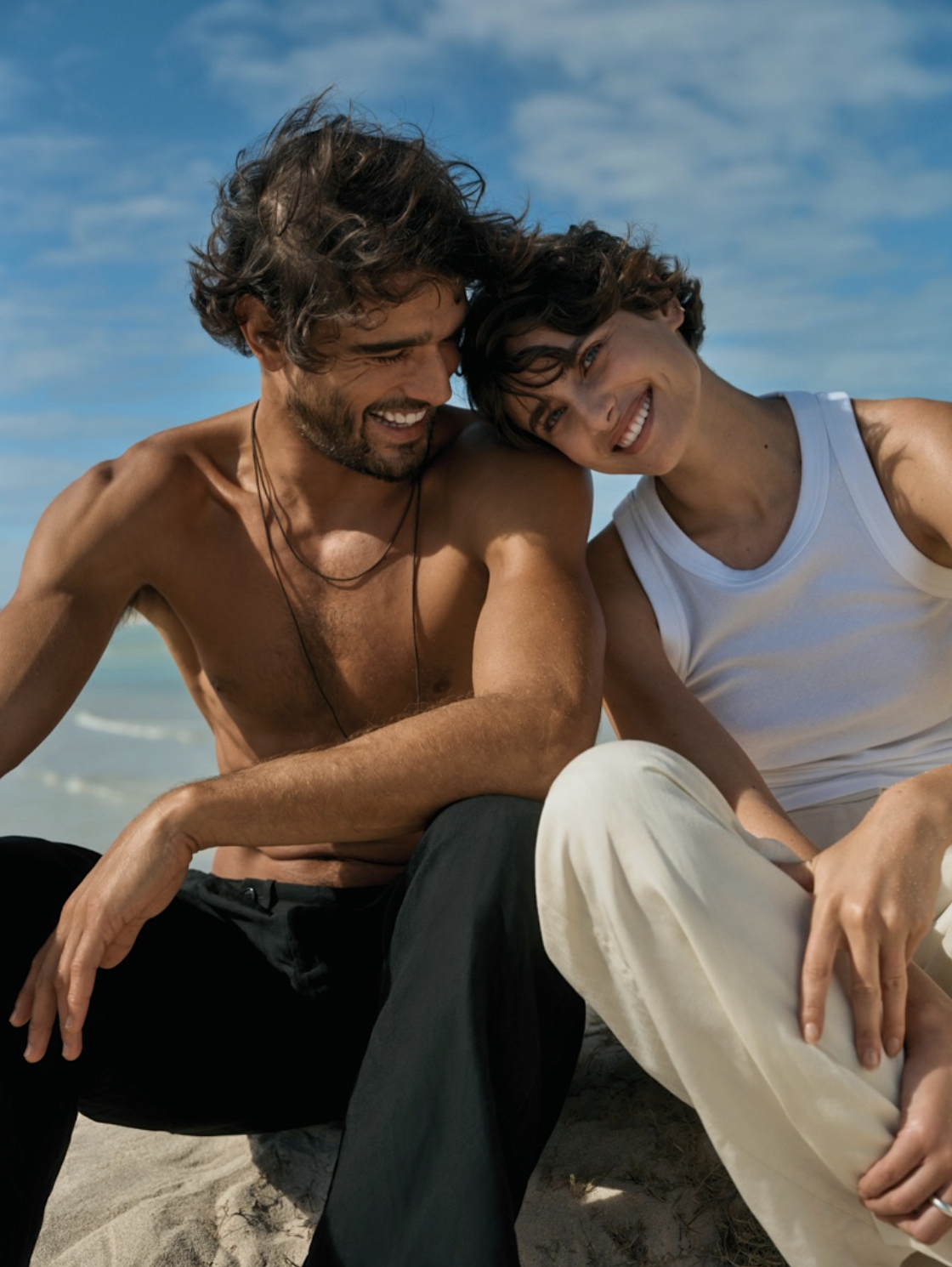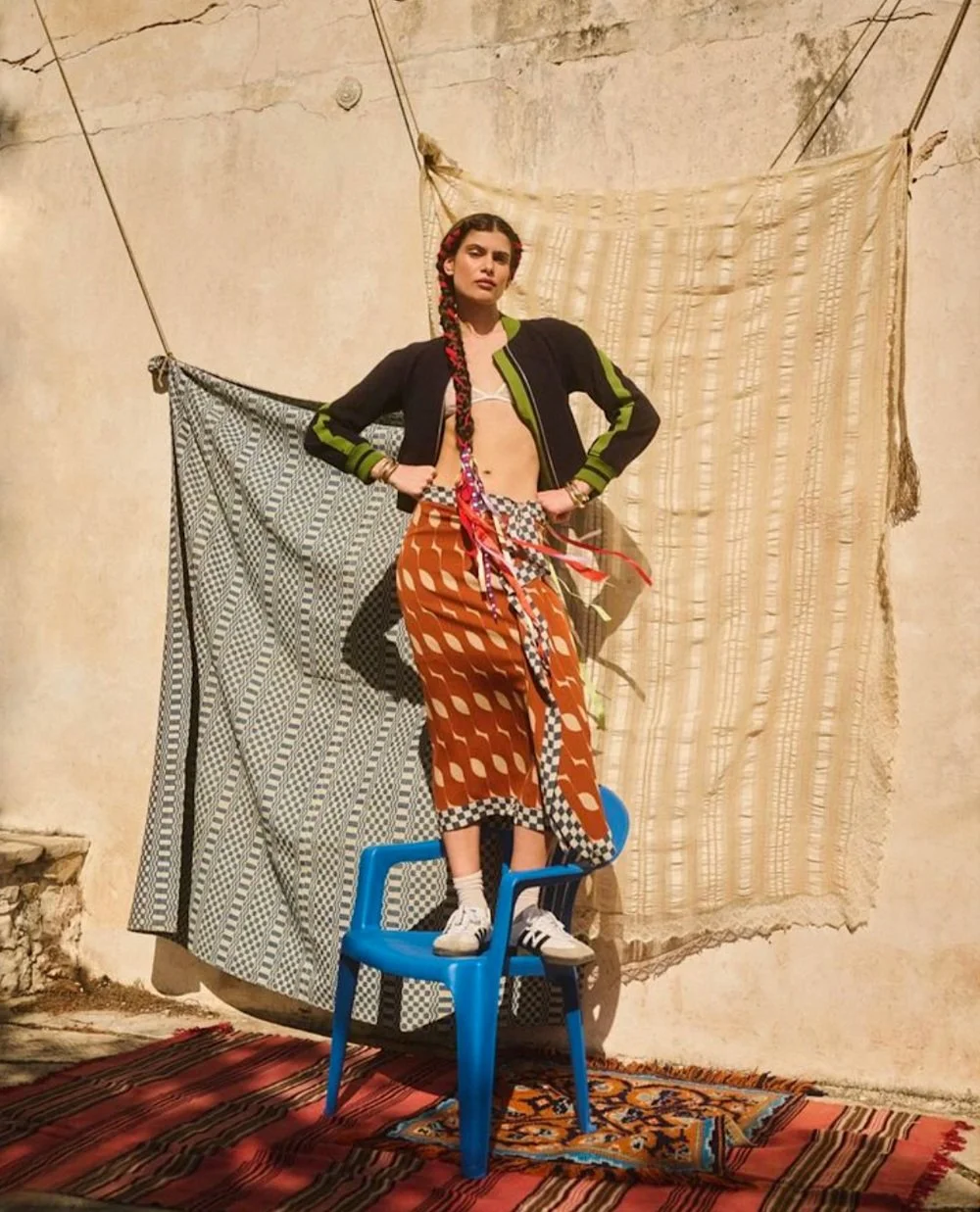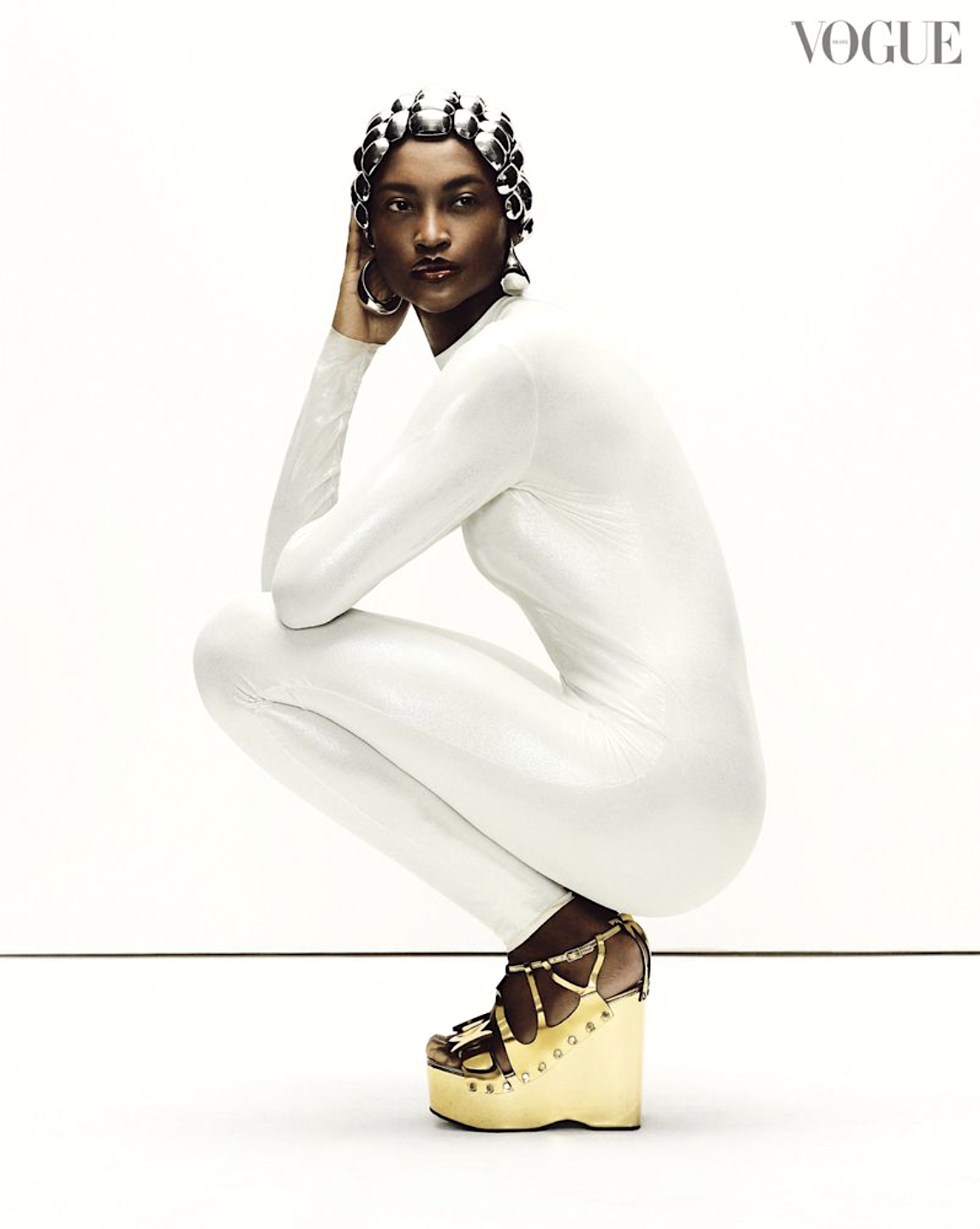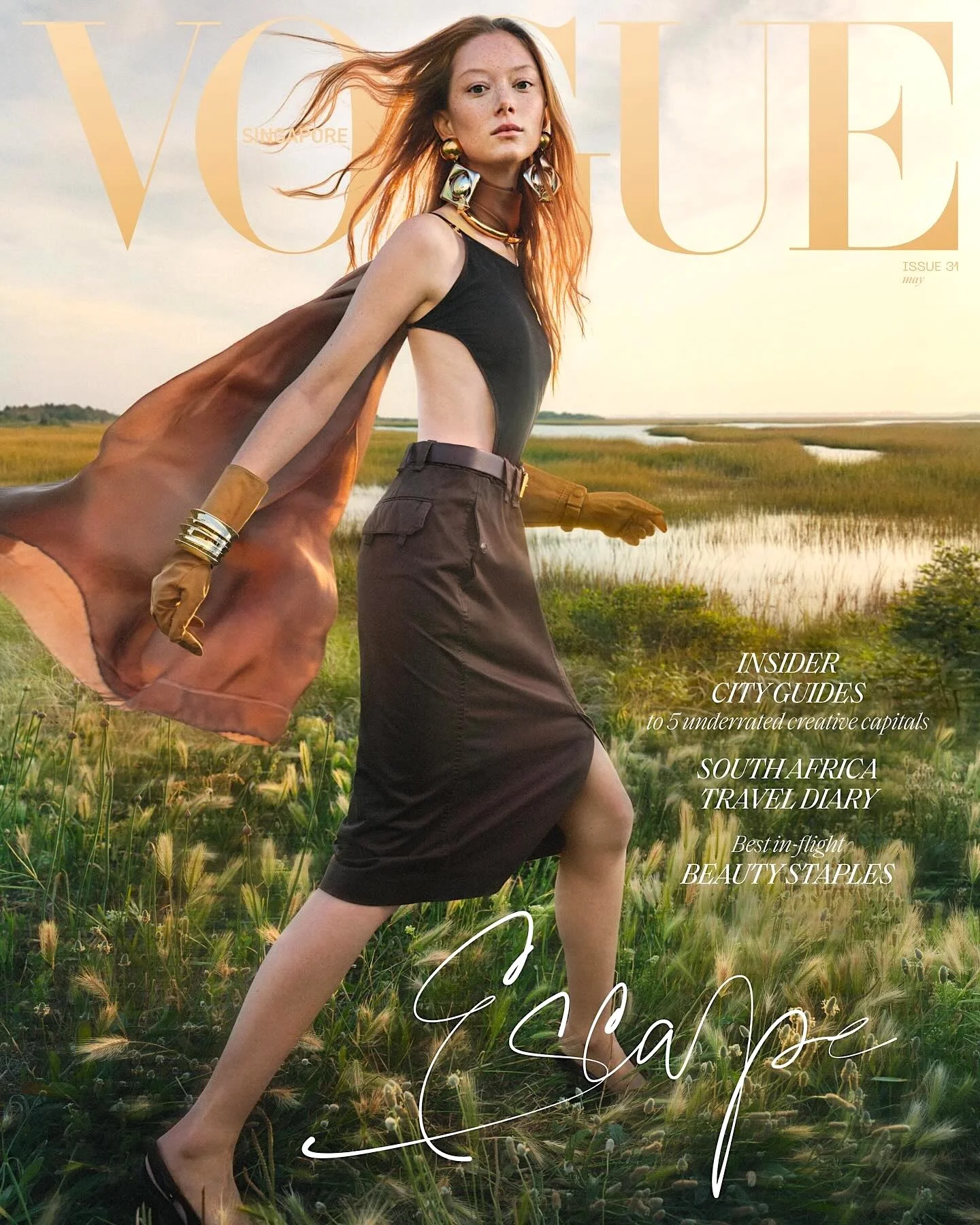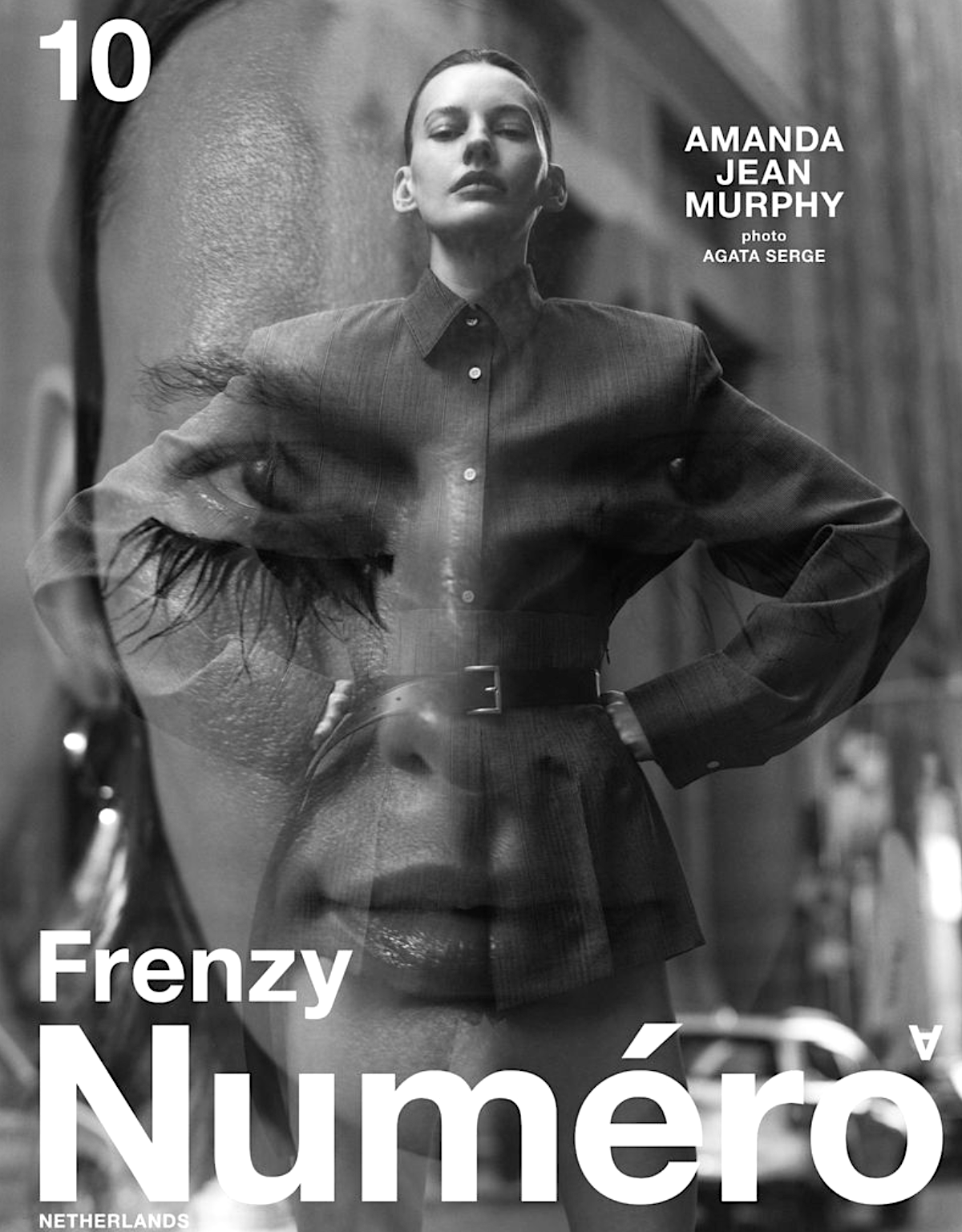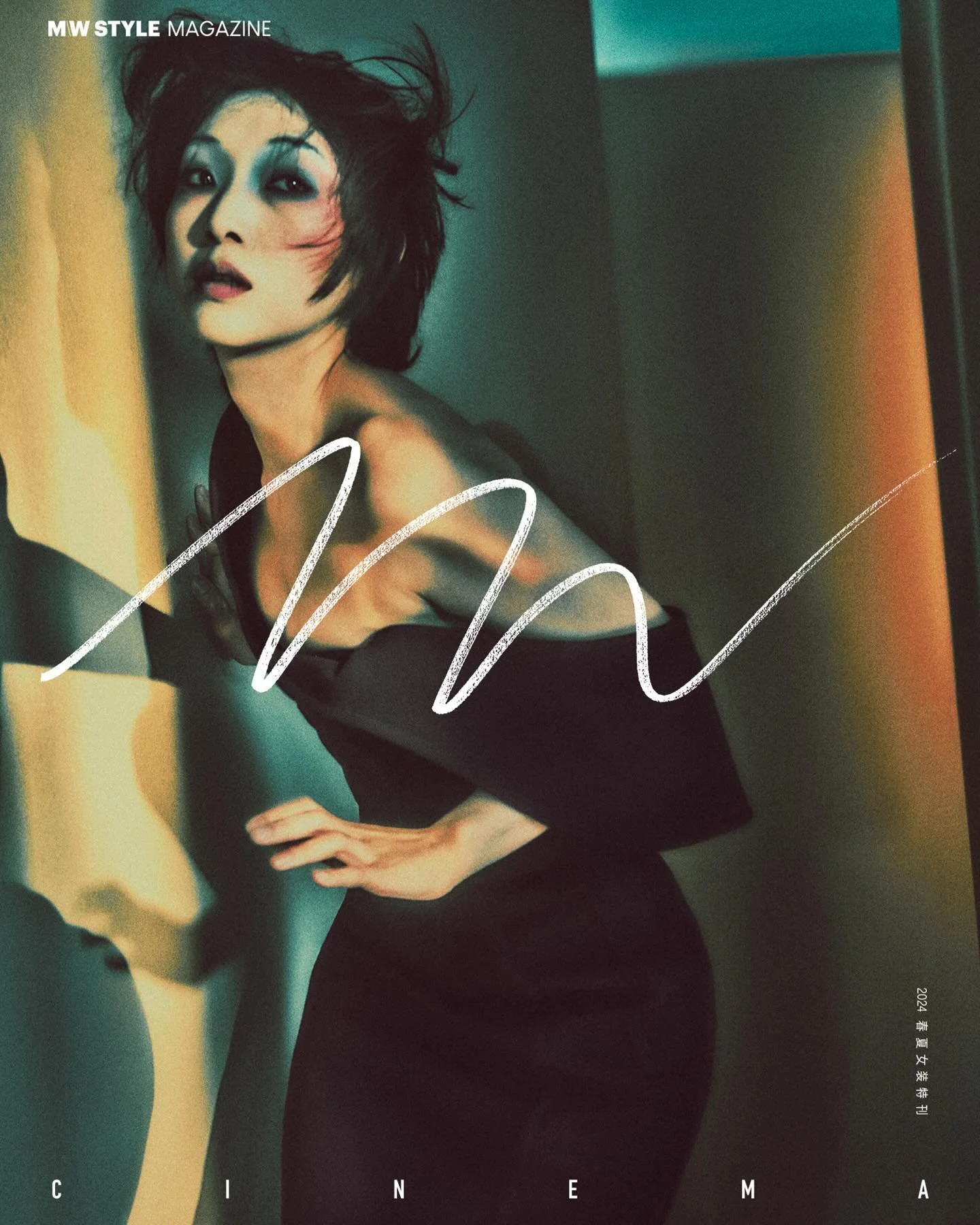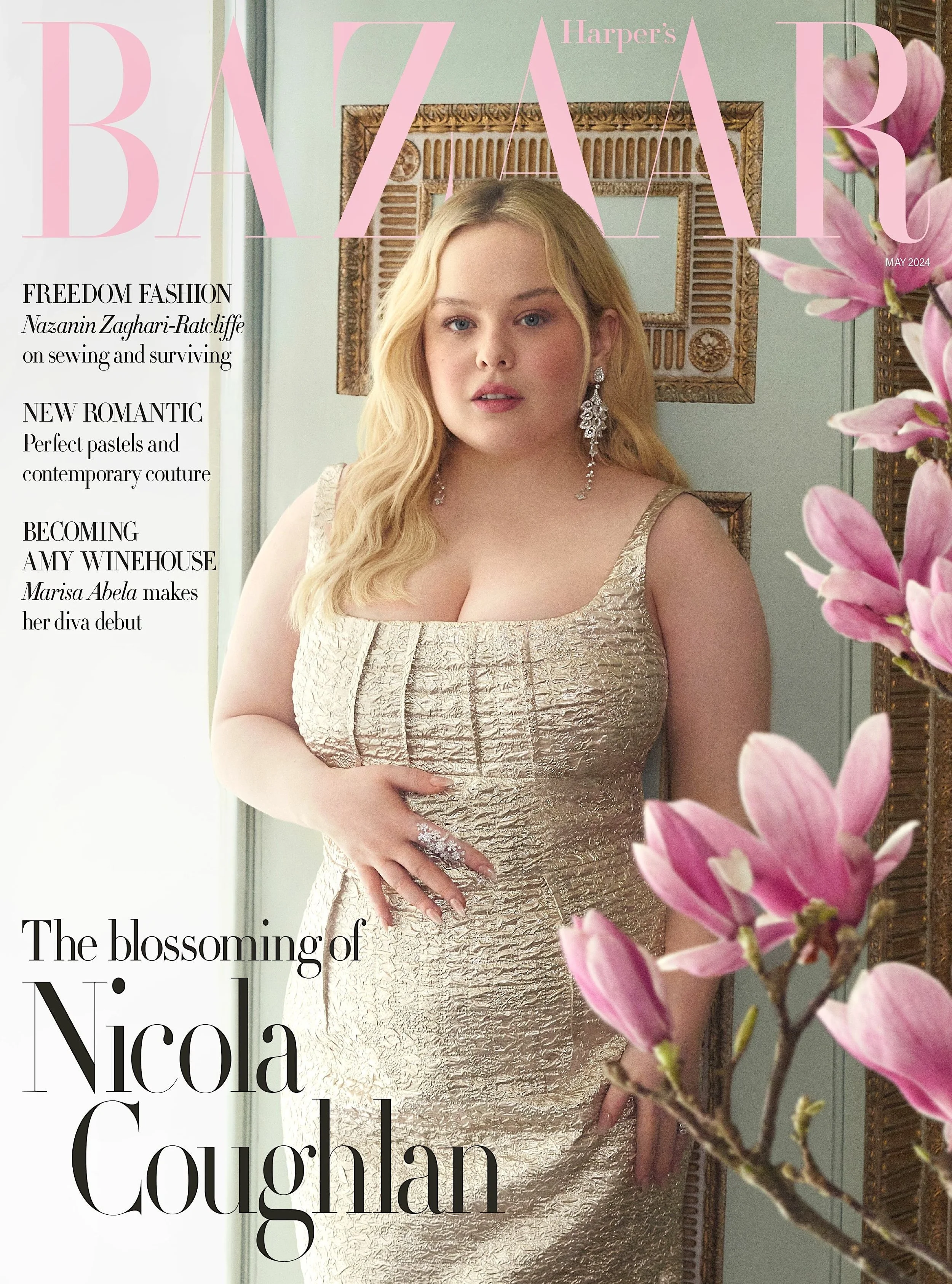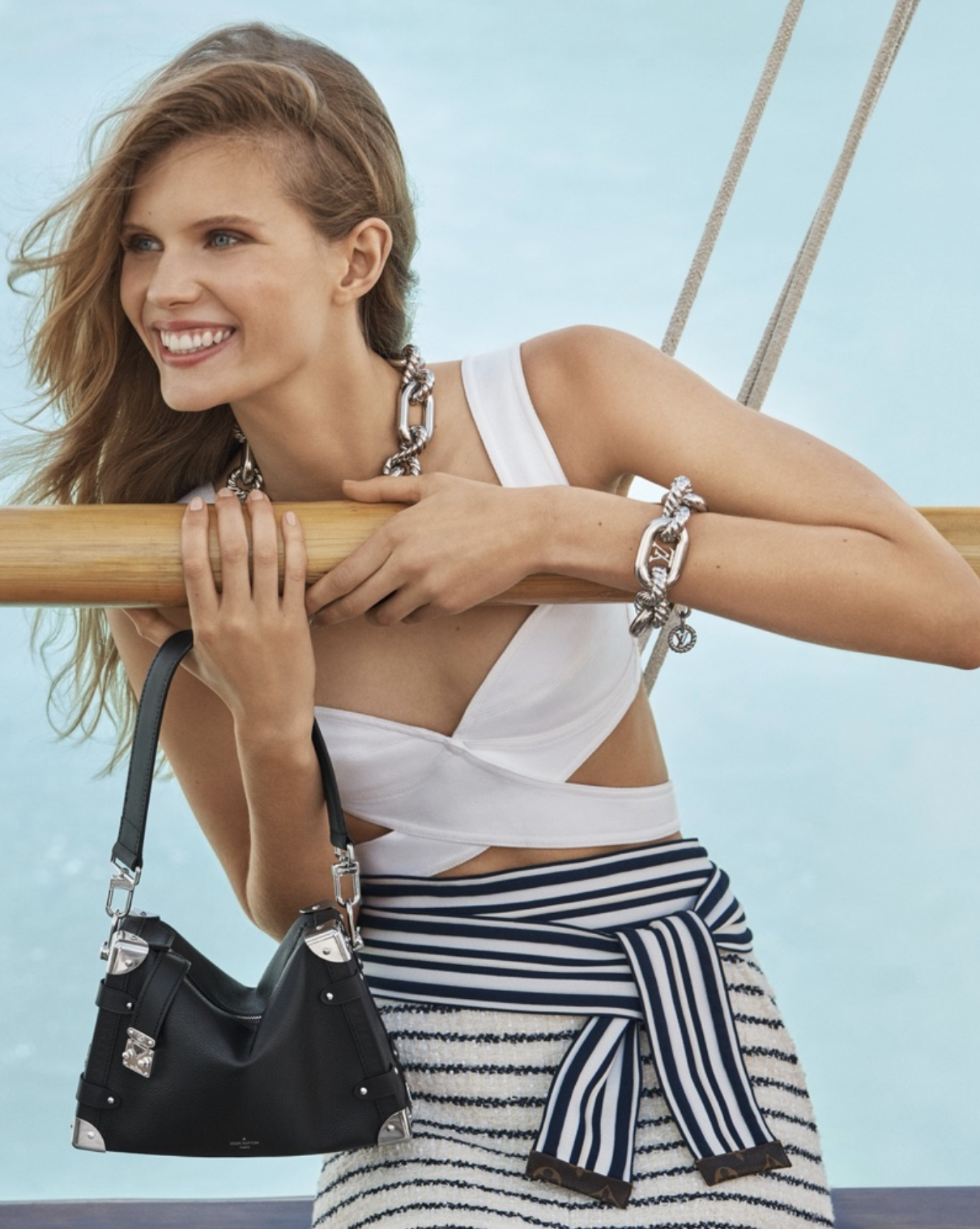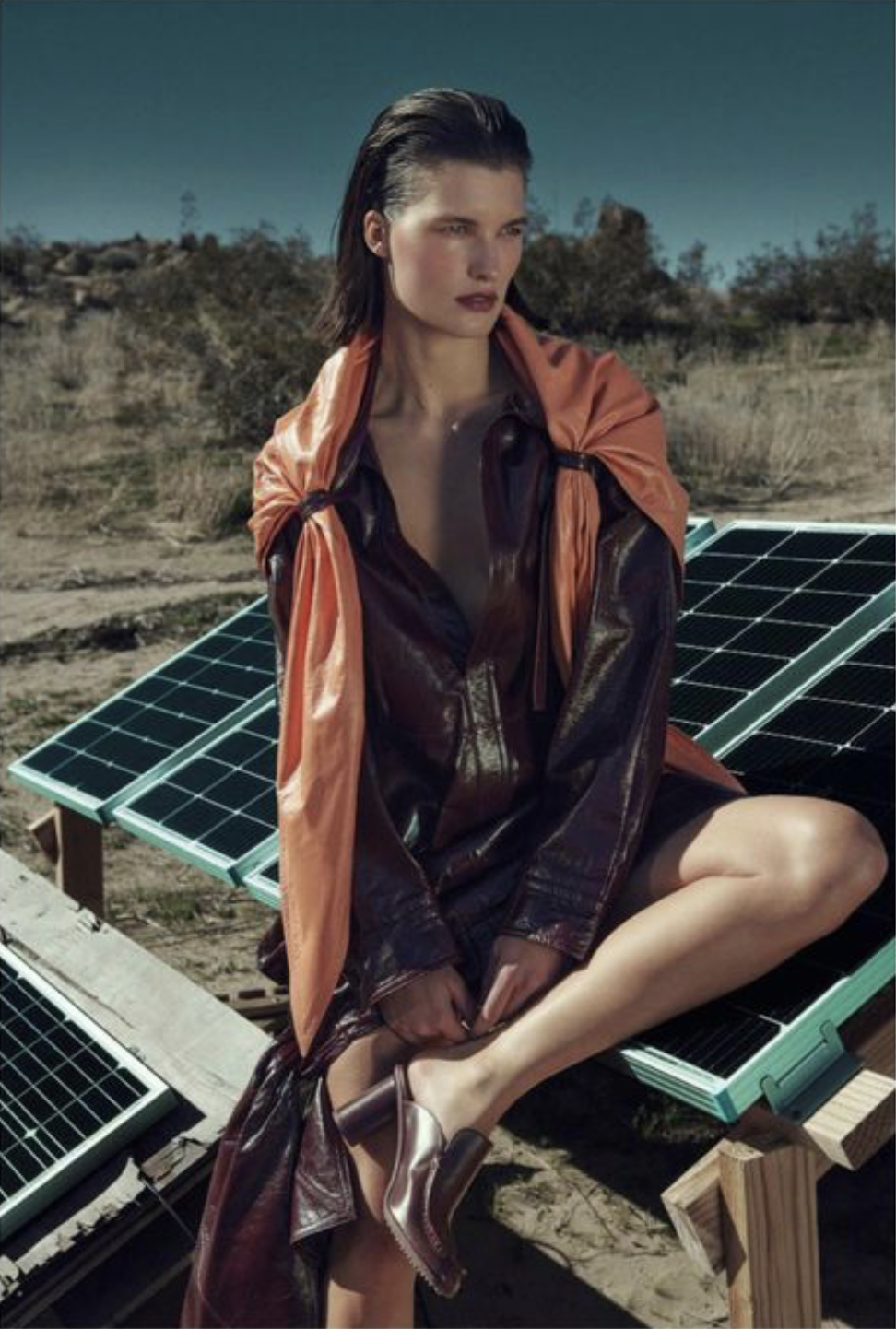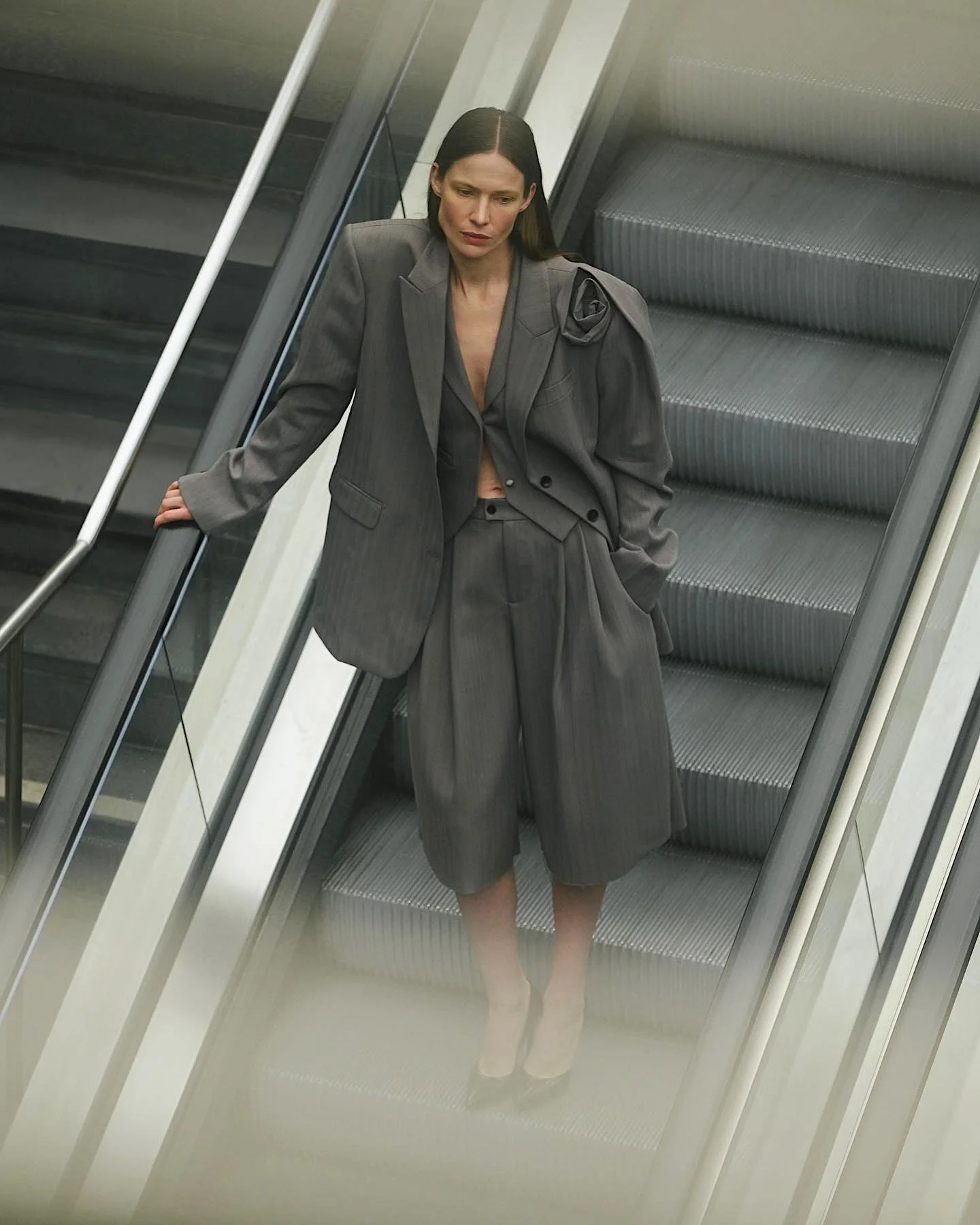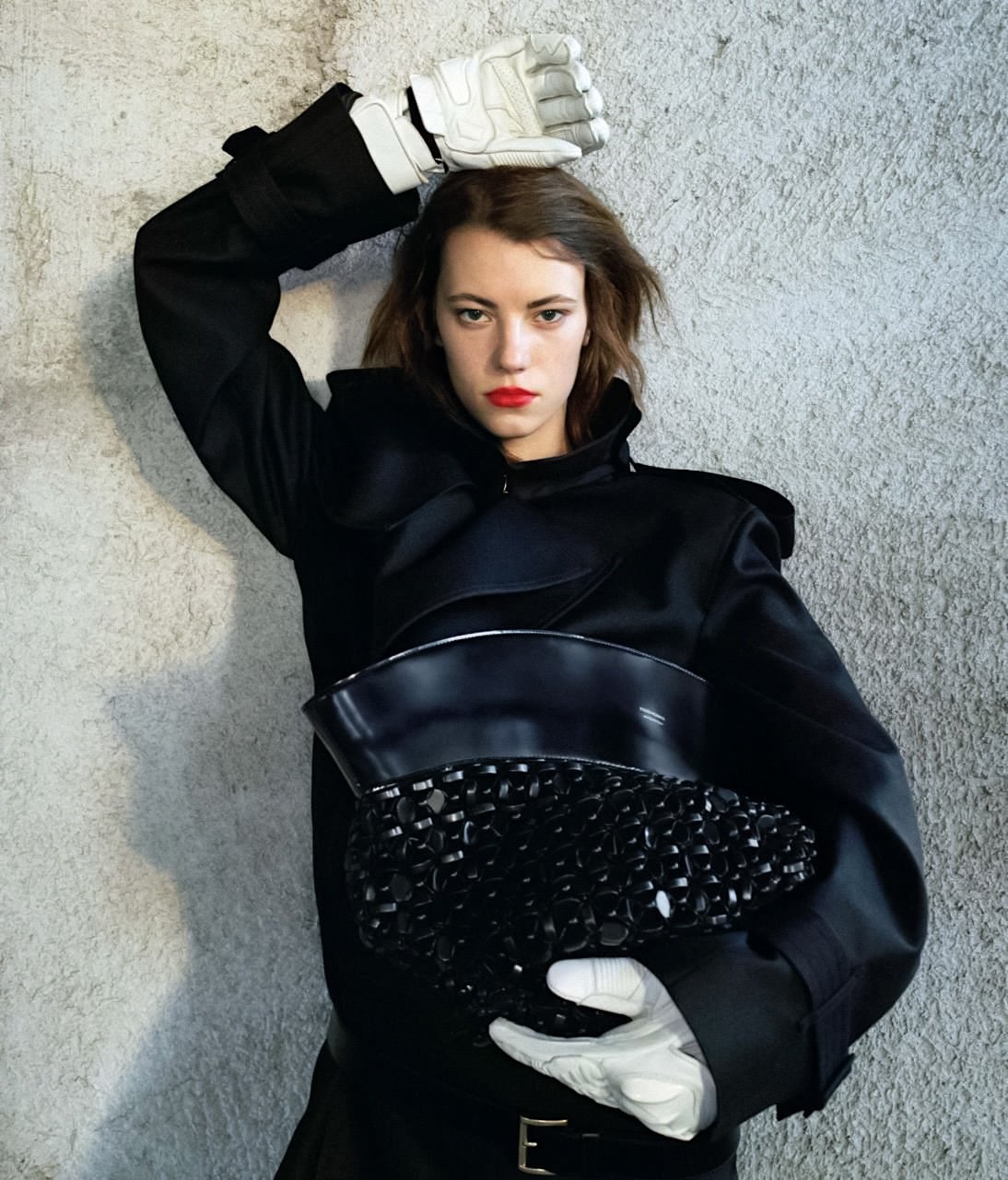Lindsey Wixson-Young Is On the Road, Homaging Kerouac in Vogue Poland Summer 2022
/Top model Lindsey Wixson-Young sets off on the great American road trip for the July-August 2022, travel focus issue of Vogue Poland. Ashlee Barrett-Bourmie styles Wixson in unusually glam looks for a trip into the southwestern desert. Photographer Arianna Lago [IG] captures the fashion shoot in Death Valley National Park in the northern Mojave Desert. Lindsey poses in one of the hottest places on earth./ Hair and makeup by Homa Safar
Lindsey-Wixson-Young is now an ardent environmentalist. AOC is certain that her heart would be breaking if she knew just a few months after her Mojave Desert fashion shoot, the new Sequoia wildfires are set to repeat the September 2021 reality of smoke-clouded, polluted desert skies in the land of gods and goddesses.
Indigenous peoples who lived in the Mojave Desert and Joshua Tree Park include the Serrano, Chemehuevi, Mojave, and Cahuilla Peoples. In the last two years, California wildfires have killed nearly 20% of the world’s giant sequoias in the last two years. Until this tipping point with global warming, the 3000-year-old trees were considered to be nearly fire-proof.
The magazine celebrates the California-bound tradition of 1950s novelist and poet Jack Kerouac, as a precursor to their own Vogue Poland adventure. Along with William S. Burroughs and Allen Ginsberg, the French-Canadian ancestry, French-speaking Kerouac was a pioneer of America’s Beat Generation.
Kerouac’s dream of freedom, independence and creativity is celebrated by VP as the California-dreaming pilgrimage vision that continues to dominate the American imagination.
For a sense of timing, Allen Ginsberg, Jack Kerouac, and William Burroughs originally met in 1944 in New York City. The group of boys club, post-World War II novelists and poets were disenchanted with what they viewed to be an excessively repressive, materialistic, and conformist society
The Beats should not be confused with America’s Beatniks, writes J Astor Daily. The Beatniks had a far more degenerate side and were already commodified, according to the publisher of top-flight scholarly journals.
“There were spaces: coffee houses, cellar nightclubs, and espresso shops opened to meet the new demand. New York City even had a “Rent-A-Beatnik” service, where you could order up a poetry-reading/music-playing cool cat or cool chick for your event; sandals and bongos were available options.”
By 1961, FBI head J. Edgar Hoover proclaimed that “Communists, Eggheads, and Beatniks” were America’s great enemies.
